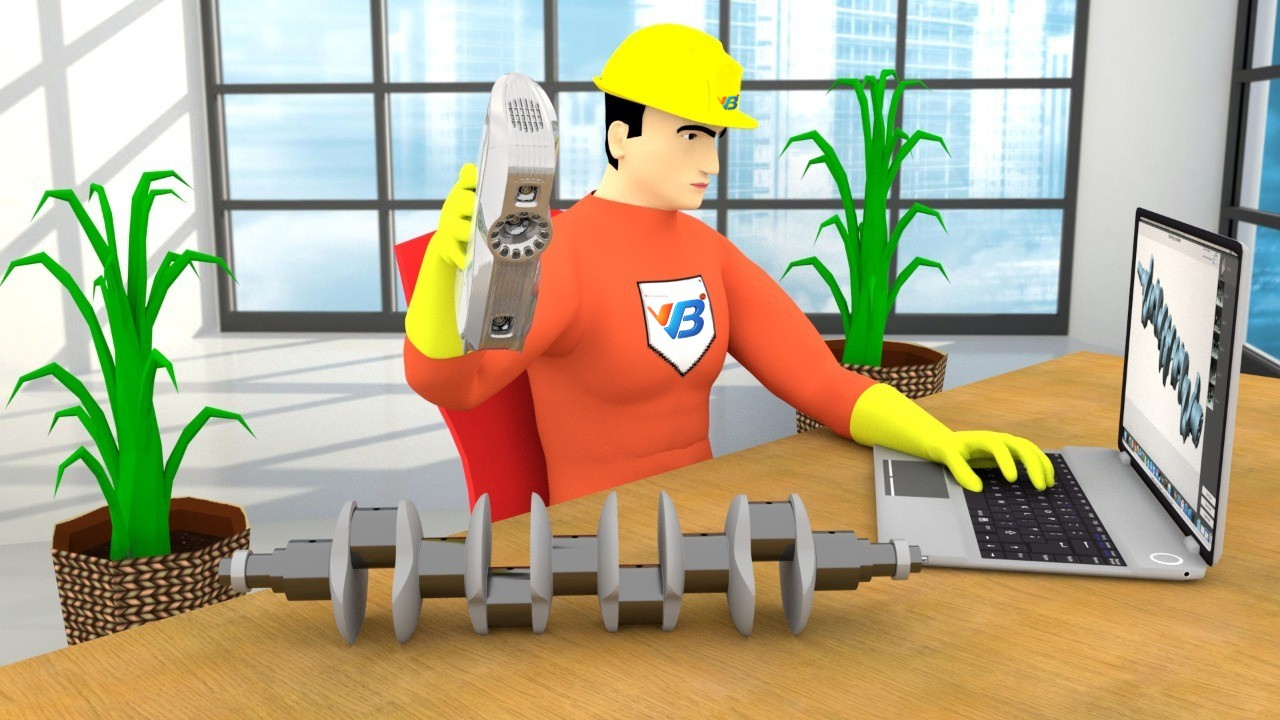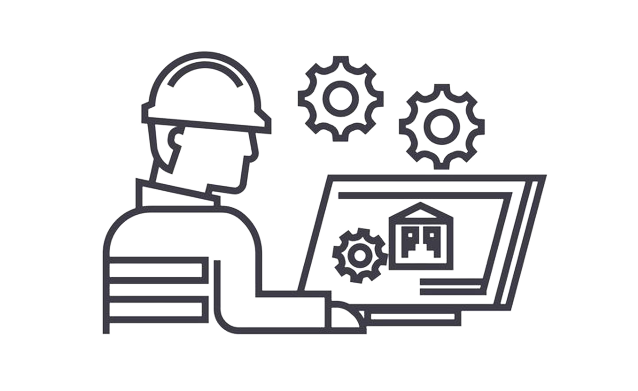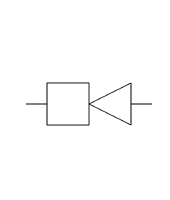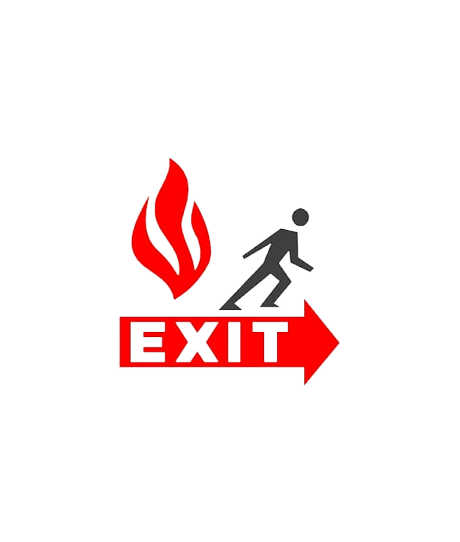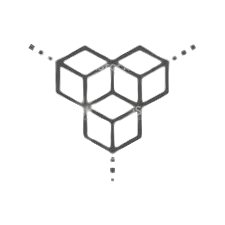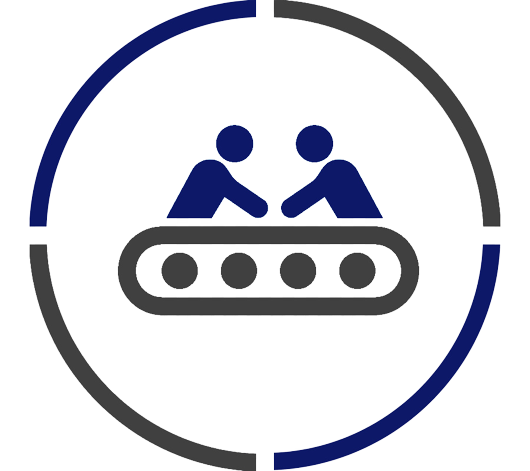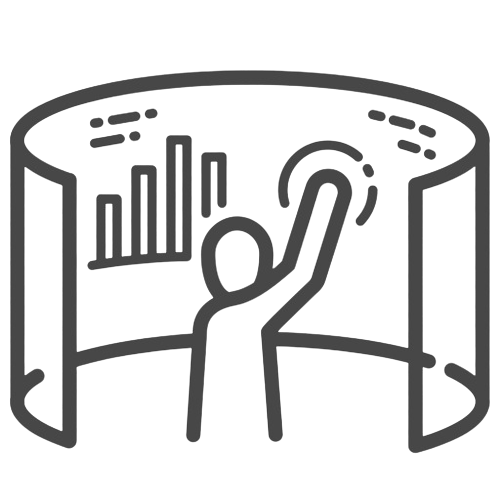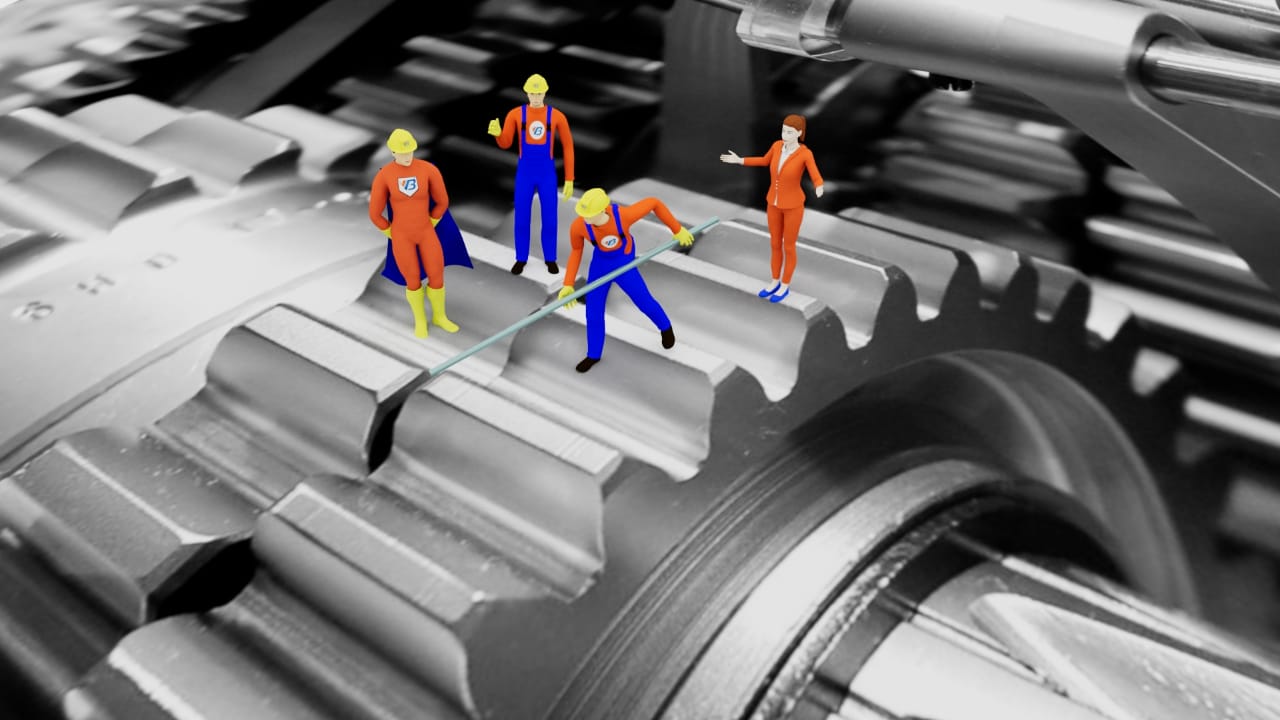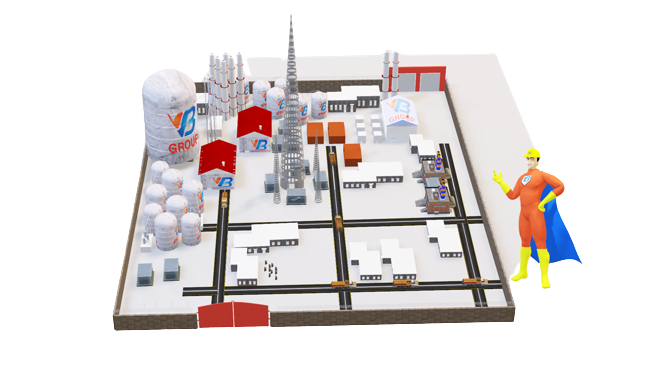You just visited the right company at right time. Your search for the reliable reverse
engineering consultant ends here.
VB Engineering the worlds top reverse engineering consultant, has solved the burning
and most challenging problems of our clients with cost effective solutions using 3D
scanning reverse engineering technology. Our reverse engineering in mechanical
sector is not just limited to the component or product design we also offer the
manufacturing assistance for the product and provide a turnkey solution. Our
methodology of reverse engineering services are defined as the art of replicating an
object, artifact or 3D reverse engineering software with lost document in order to
reveal the secrets of design, material, specifications, functions or reverse
engineering tools. Our process of Reverse Engineering Consultancy includes taking a
system or component conventionally or with help of 3D scanner and then understanding
its structural and functional aspects by analyzing the detailed CAD data of the
component taken under consideration in 3D scanning reverse engineering services
software.
Our Reverse engineering services process also involves digital measuring of
component using digitized optical 3D laser scanners (noncontact type or tools for 3D
scanner for reverse engineering) or CMM’s (contact type) and then creating a 3D
model from the point data obtained using CAD/CAM/CAE or other 3D reverse engineering
software. Our Reverse Engineering is found to be an effective method in case where
design modifications have to be imparted in a product whose original CAD model is
not available, need to implement a laser scanning technology. It also plays a vital
role in wear inspection processes of complex shapes which are if done manually in
reverse engineering in mechanical sector are found to be very complex, time
consuming and costly. Hence main objective of reverse engineering process is to
reduce lead times using 3D scanner so that the manufacturing time can be reduced
automatically with 3D scanning reverse engineering services of VB Engineering.
Our reverse engineering process contains three major steps which are used to extract
knowledge about the design, material, structure, surface qualities, and working
conditions of the product etc which make us stand on the top among the other reverse
engineering companies. The procedural steps are defined as scanning phase(using 3D
scanner for reverse engineering), point processing phase and solid modelling (reverse
engineering tools). With our rich experience in reverse engineering we have been
incorporated in appropriate reverse engineering mechanical design and manufacturing
engineering standards and multiple realistic product constraints with broad
knowledge in multiple disciplines such as:
- Applying
knowledge of mathematics, engineering, and science in data analysis and
interpretation using 3D reverse engineering technology (3D laser scanner).
- Using techniques, instruments, and tools in reverse
engineering applications, conducting appropriate experiments and tests to obtain
the necessary data in 3D reverse engineering.
- Identifying, formulating, and solving issues related
to reverse engineering using laser scanning technology.
- Understanding legal and ethical responsibilities
pertinent to reverse engineering.
- Assessing and evaluating documents and fostering
attainment of objectives of a reverse engineering project.
Reverse engineering process contains three major steps which are used to extract
knowledge about the design, material, structure, surface qualities, and working
conditions of the product etc. The procedural steps are defined as scanning phase
using 3D scanner, point processing phase and solid modelling . Now a days most of the
engineering companies using this reverse engineering method by engineering tools to
get designing of product design with knowing the procedure of manufacturing. Reverse
engineering process contains three major steps which are used to extract knowledge
about the design, material, structure, surface qualities, and working conditions of
the product etc. The procedural steps are defined as scanning phase, point
processing phase and solid modelling .



